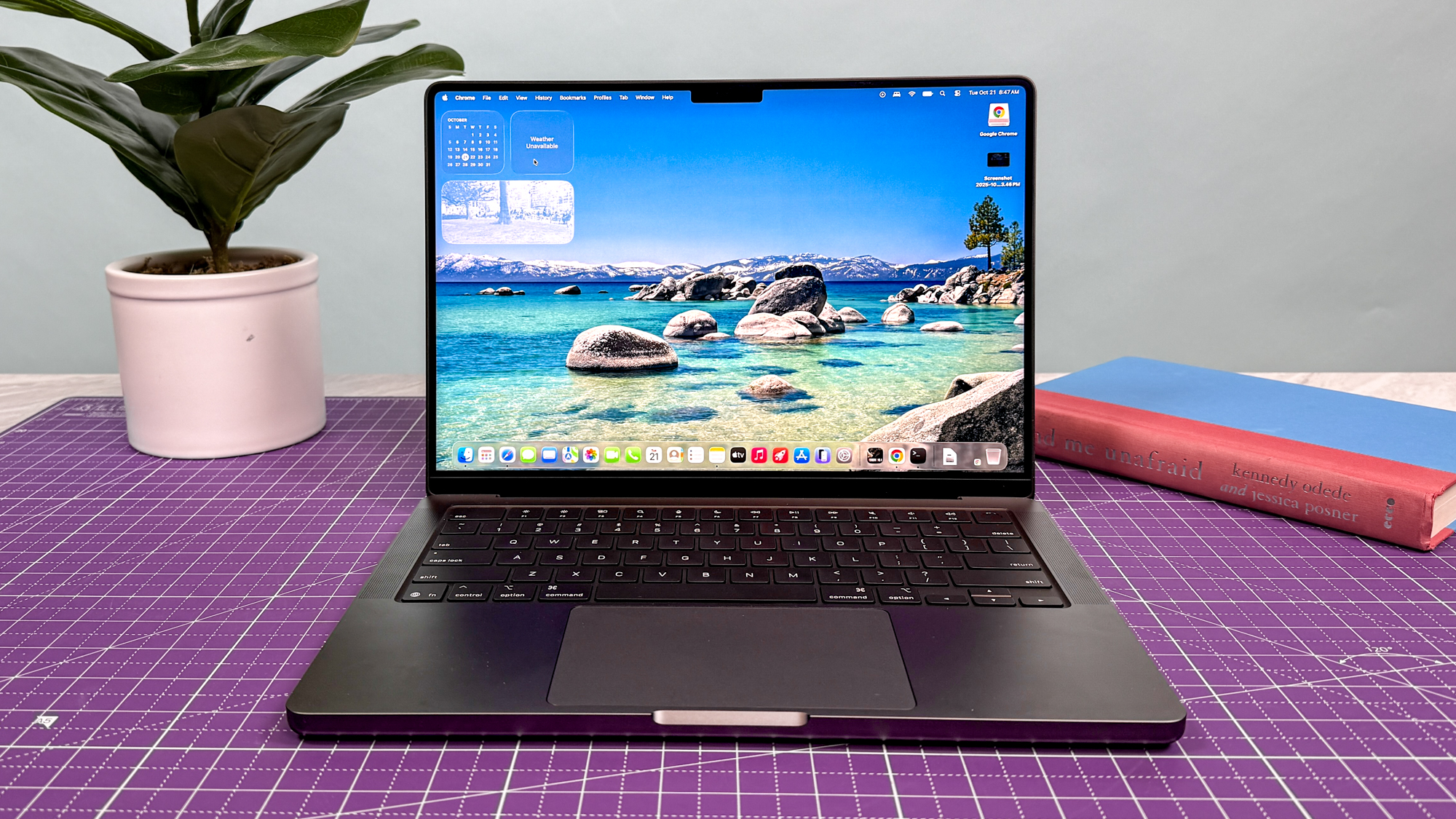Windows 11 — 3 big changes I want to see in 2022
Here are the Windows 11 features I'm really hoping for
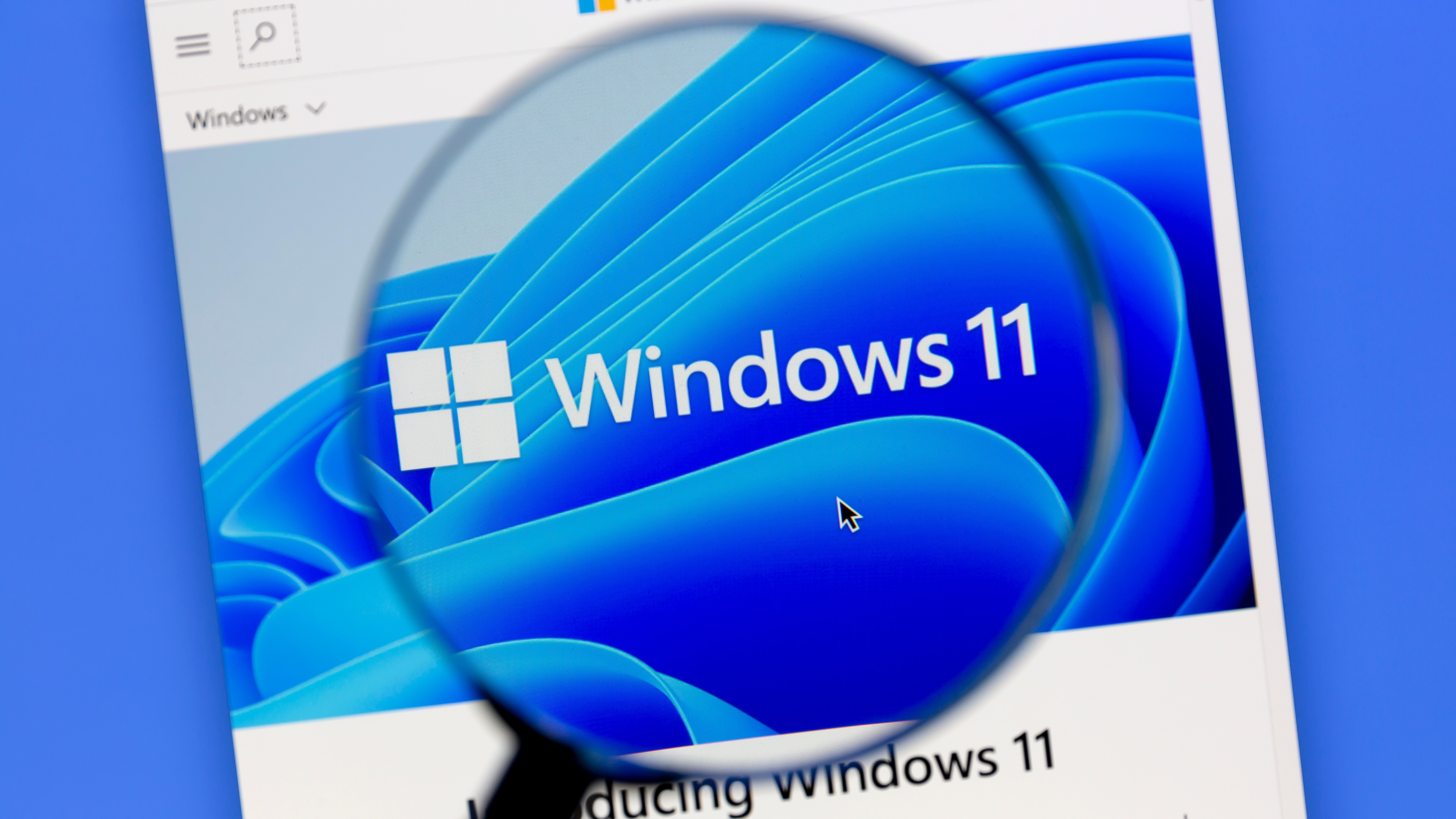
Windows 11 launched back in October 2021 as a surprise follow-up to Windows 10, and now that it's been live in the wild for a few months it's clear Microsoft's latest operating system needs some work.
That's significant because Windows 11 embodies Microsoft's vision for the future of Windows, and right now it's hard to recommend, even as a free upgrade. That's not to say it's a bad operating system; to the contrary, Windows 11 refines a lot of what's good about Windows 10 without compromising too many of its strengths.
The problem is, Windows 11 isn't compelling enough to merit upgrading to right now if you're already enjoying Windows 10. Luckily you don't have to, since Microsoft has pledged to continue supporting Windows 10 through 2025. But over the holidays I've fielded a few questions from folks in my life about whether Windows 11 is worth the hassle of upgrading, and so far I've had to say no.
That could change next year, after Microsoft has time to flesh out Windows 11 and make some much-needed updates. To give you a sense of what I'm talking about, here's a rundown of some of the top Windows changes I'd like to see in 2022.
- Bag the best Windows VPN to stay safe online and stream more
Native Android app support
This is the most notable and glaring feature missing from Windows 11 because it was a significant part of Microsoft's marketing plan. A native Android version of Tiktok running on the same desktop as Excel was showcased during the official unveiling of Windows 11 in June 2021, and despite the disappointing news that Windows 11 users would (at least initially) be limited to downloading Android apps from the Amazon Appstore, we were cautiously excited about the possibilities of native Android app support (via Intel's Bridge Technology) in Windows.
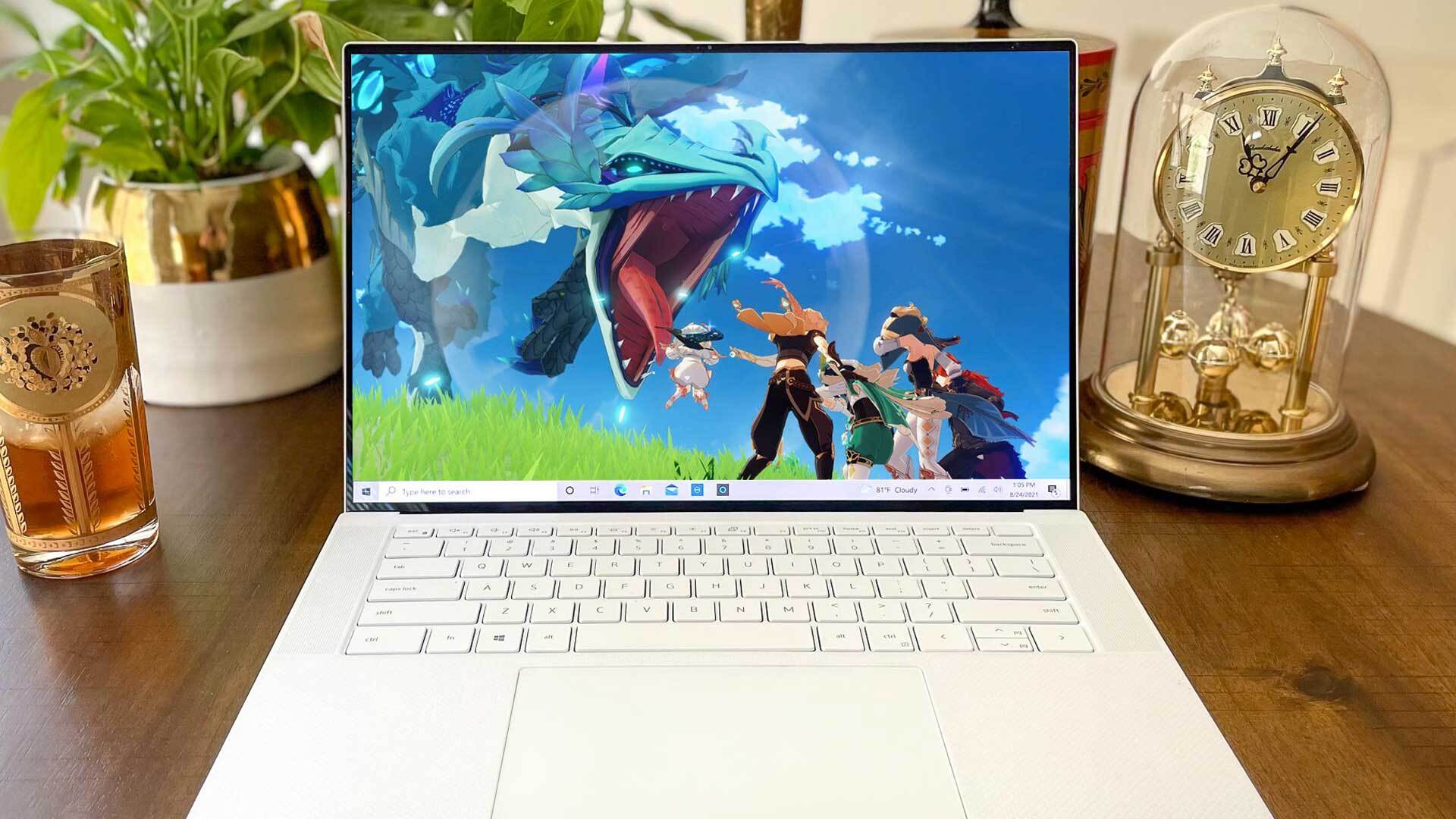
Now it's been nearly four months since Windows 11's debut, and the operating system still lacks this promised feature. Sure, there's a limited selection of Android apps available for download in the Windows Store as progressive web apps (rather than native Android), so you can at least get a sense of what running apps on your desktop will feel like.
We probably won't have to wait long for full native Android app support on Windows 11, either, as Microsoft is tapping Windows Insiders to help beta-test native Android apps ahead of a full rollout in 2022. And sure, if you really put your mind to it there's already a few ways to get Android apps running on your Windows PC, without any extra help from Microsoft.
Get instant access to breaking news, the hottest reviews, great deals and helpful tips.
But when people ask me about Windows 11, a lot of the time they ask about whether they really can run their Android apps and games on their laptop without any hassle. And right now, I have to say no; I have to say that Android app support on Windows 11 is still MIA, and that even when it does arrive it will be limited by what Android app storefronts Microsoft allows into the Windows Store.
So far there's no indication Windows 11 will gain full access to the Google Play library of Android apps, which is a glaring weakness, though Google has committed to making a vast swathe of Android games playable on Microsoft's new operating system by pledging to launch a Google Play Games desktop app on both Windows 11 and Windows 10. If Microsoft wants to kickstart the migration to Windows 11, it needs to deliver on its promise of native Android app support sooner rather than later.
Better Windows 11 Widgets
Windows 11 isn't just a slicker Windows 10 with a centered Start menu and Android app support. Microsoft has made a host of changes to the way Windows works, and many of them seem like smart improvements. For example, Snap Assist is one of the best new Windows 11 features as it gives you more granular control over how you arrange the windows on your desktop, while simultaneously making it easier to arrange them.
But if Snap Assist is an example of a Windows 11 feature that adds obvious value out of the box, the Widgets menu is an example of a promising new feature that needs a bit more work before it's really worth mentioning.
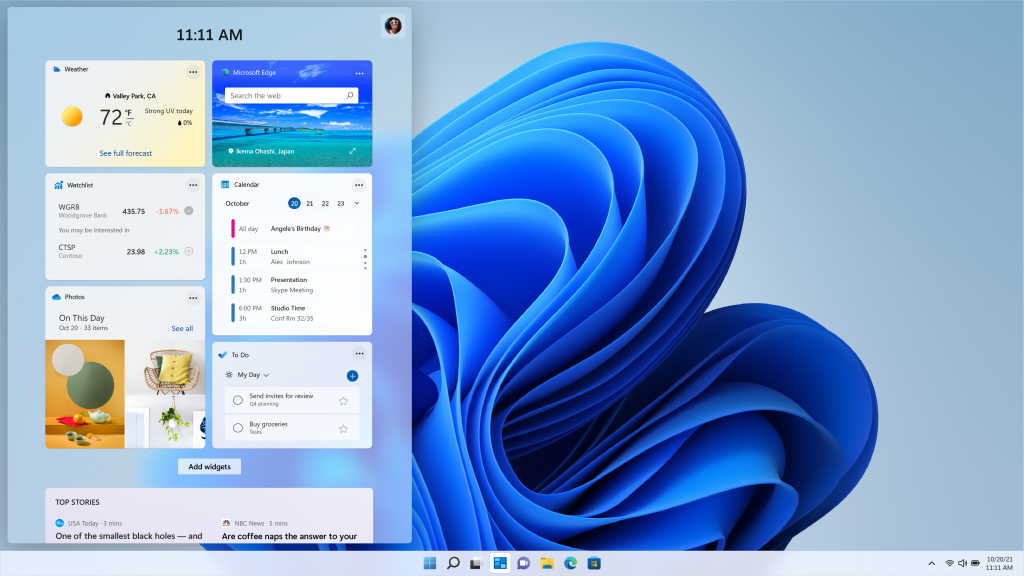
If you're not familiar with Windows 11 Widgets, know that they're auto-updating tiles which reside in a hidden tray that slides out from the left side of the screen when you hit the Widgets button. Said Widgets button is a new addition to the Windows taskbar, one you'll find nestled next to the newly-centered Start button by default on every fresh Windows 11 install. However, you can and should hide it (via the Taskbar Settings menu accessed by right-clicking the Start bar), because so far the Widgets on offer in Windows 11 have been disappointing.
The problem is that, at least at the time of writing this, Windows 11 Widgets are too rigid and too limited to offer much value to users. There are currently eight Widgets you can enable, displaying updated info about everything from your Outlook calendar to local traffic to stocks and the weather. These are decent offerings, but none of them are more useful or quicker to access than a bookmark in your browser to a page with the same data.
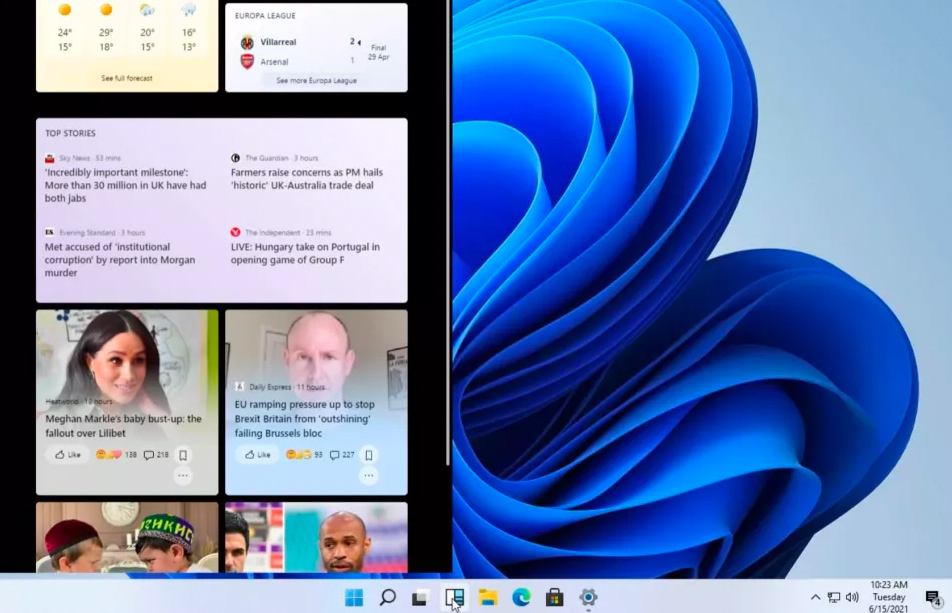
Beneath the Widgets themselves is a Top Stories module that shows a selection of six stories from outlets like USA Today, Politico, and more. Beneath that is what seems like a never-ending river of more stories from media outlets around the world, a river you can choose to "personalize" by selecting broadly-worded interests from a list provided by Microsoft.
You can also choose to hide stories from outlets you don't like, which I appreciate, but in general I've found this river of stories completely skippable. Again, you probably already have the website(s) you like to read bookmarked in your browser or news reader of choice, and the Widgets menu doesn't give you enough control over what information it surfaces to make using it worthwhile.
That's really too bad, because when Windows 11 was first unveiled to the public I thought Microsoft's decision to bring back Widgets was a promising one. I always liked the idea of Widgets in Windows, even if I thought their implementation in Windows Vista and Windows 7 was less than ideal. But the notion of quickly pulling up a Widget to monitor my CPU performance or quickly jot down a note always seemed like a cool thing for my PC to do, which is why it's so frustrating that Windows 11 doesn't have Widgets that let you do these basic tasks.
On the bright side, that means there's lots of room for Microsoft to improve on Windows 11 in 2022. I hope one of the first big improvements is a significant overhaul of Windows 11 Widgets, with more options and more granular controls, because right now I can't help but recommend that Windows 11 newcomers hide the Widgets button as soon as possible — and never look back.
No Internet connection required to install Windows 11
The onerous Windows 11 system requirements have inspired a number of articles just like this one, with good reason: they're not easy to meet and exclude huge numbers of PCs built before 2018, plus they have some confusing workarounds that let you sidestep some or all of them, effectively revealing they aren't all that required after all.
But I don't expect Microsoft to change the requirements to install Windows 11 very much in 2022. What I do hope the company does is re-evaluate why you need an Internet connection to install Windows 11 Home, but not Windows 11 Pro.
This may not be a huge deal for the many people who will have no trouble connecting to the Internet to finish setting up Windows 11 Home, but it's a frustrating requirement that doesn't seem to offer any benefit to the user in return for the hassle of meeting it. It's deeply unfair to people who don't have easy or reliable Internet access, and it can cause real headaches if you suddenly need to reinstall Windows without a Wi-Fi connection.
I know from experience. Not long ago I had an issue with a laptop running Windows 11 Home that caused it to somehow lose its network adapter drivers, cutting it off from Wi-Fi networks. I tried a few tricks to get it back on the Wi-Fi, to no avail. I eventually tried rolling back the drivers, and then in a moment of desperation I tried resetting the PC to its factory defaults using the Reset this PC option in the Windows 11 Recovery menu.
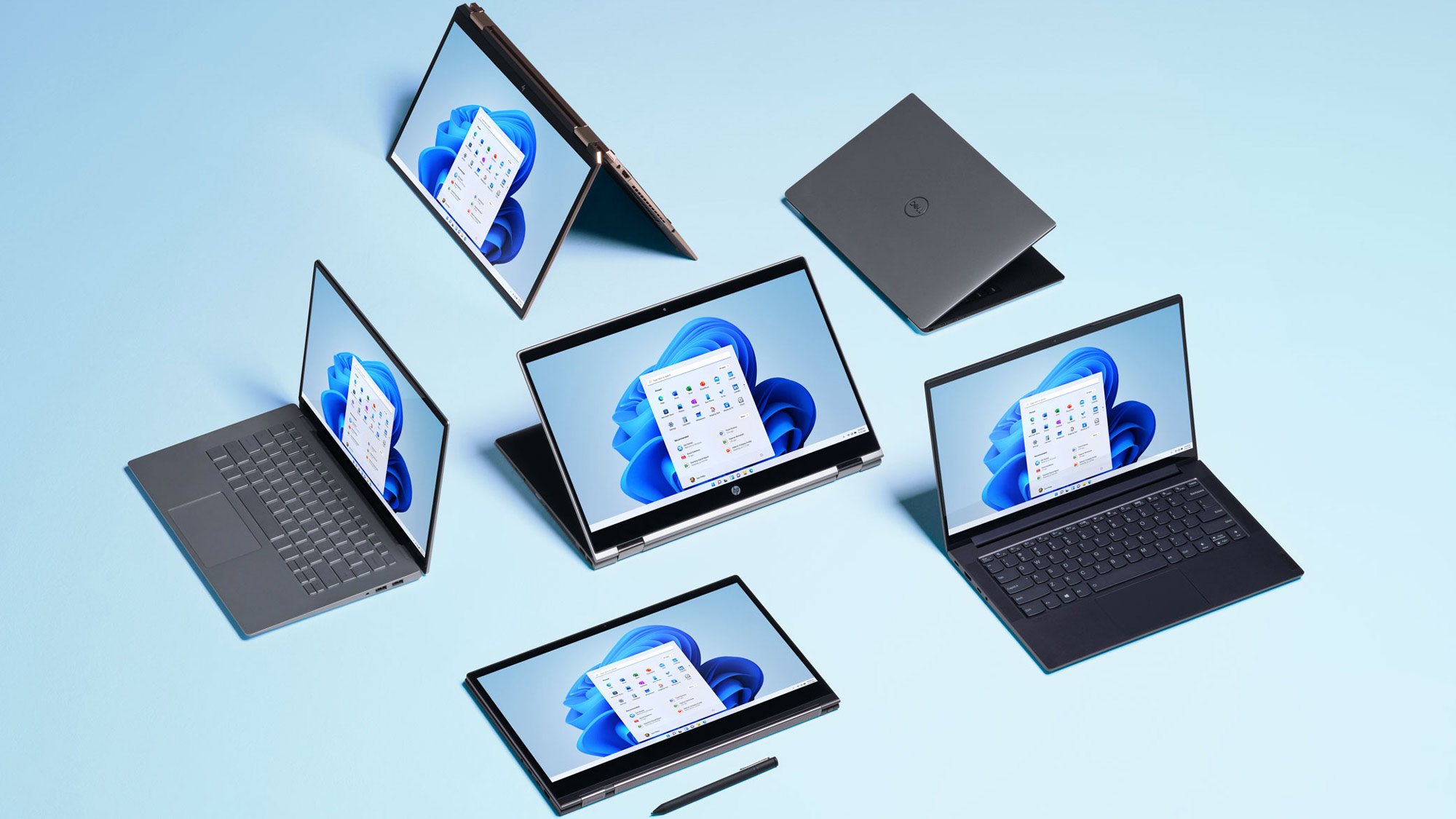
Big mistake. When it was all over I found myself staring at the setup screen of a fresh Windows 11 install, with one problem: the network drivers hadn't magically reappeared. That meant I could only progress partway through the Windows 11 setup process before I was forced to stop and connect to the Internet, only I couldn't connect to the Internet without first getting into my Windows desktop to install drivers, so I was effectively stuck with a useless device where my laptop used to be.
I eventually solved the problem by downloading the required drivers on another PC, putting them on a USB drive connected to the laptop, then installing them via a complicated series of commands inputted via the Command Prompt. It was, quite frankly, a ridiculous set of hoops to jump through just so Windows 11 could attach a Microsoft account to my copy of Windows.
It's even more ridiculous that I learned how to do that from Microsoft's support page for this issue, which outlines the extended series of steps users have to take to reinstall network drivers in order to get their PCs online before they've even finished setting up their operating system. While I appreciate that the company at least put the information up somewhere easy to find, it's baffling to imagine any of my less tech-obsessed friends and family trying to reinstall network drivers via the Command Prompt.
It's especially ridiculous that Windows 11 Home users have to put up with this garbage requirement while Windows 11 Pro users do not. Of course, you'll have to pay for the privilege of sidestepping it, as Microsoft is charging $99 to upgrade to Windows 11 Pro from the Home edition.
I don't have a problem with Microsoft charging more for the Pro edition, as it offers some useful upgrades like Bitlocker device encryption. I do have a problem with the company putting this arbitrary requirement on the most common version of Windows 11, creating plentiful opportunities for frustration without offering customers anything in return. Hopefully Microsoft will see fit to drop this particularly onerous Windows 11 requirement in 2022.

Alex Wawro is a lifelong tech and games enthusiast with more than a decade of experience covering both for outlets like Game Developer, Black Hat, and PC World magazine. A lifelong PC builder, he currently serves as a senior editor at Tom's Guide covering all things computing, from laptops and desktops to keyboards and mice.
 Club Benefits
Club Benefits





